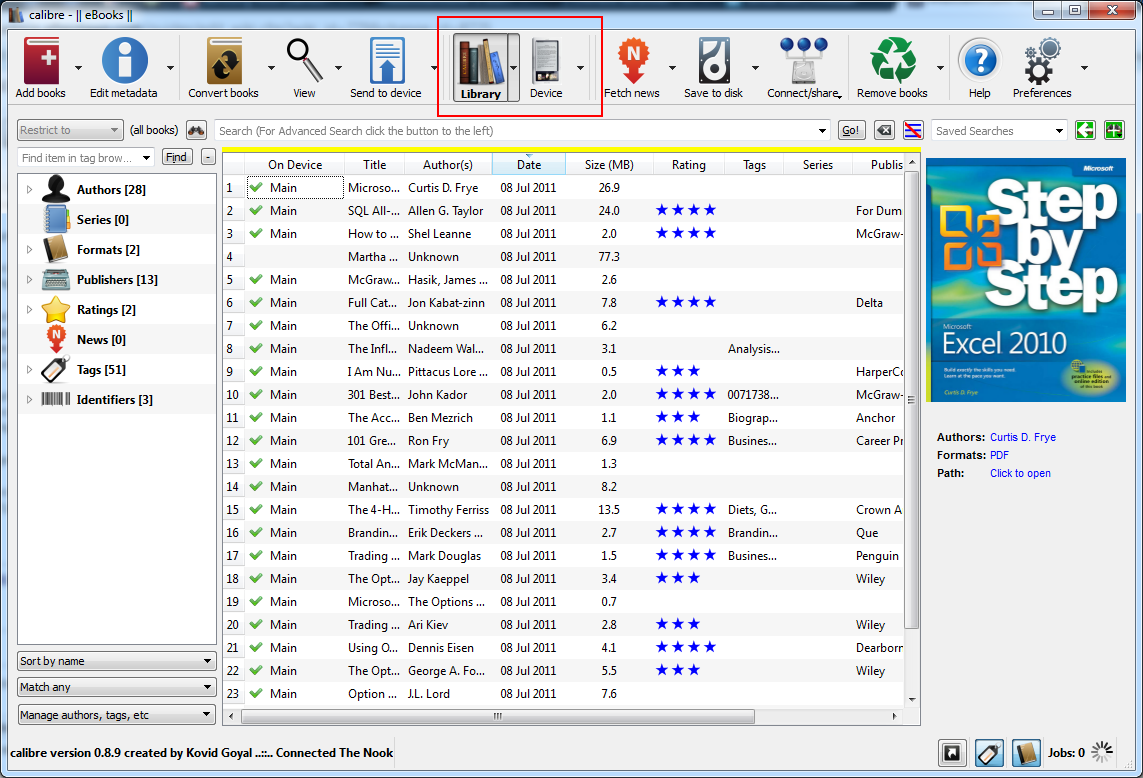
I decided to try it out with my Calibre library, which has about 1,500 ebooks in it, and it converted them in less than 15 minutes. It can traverse directories to convert any EPUB files it finds, mirroring the directory structure in the output directory. Kepubify is a command-line utility available for Windows, MacOS, and Linux, that does a lightning-fast conversion of multiple EPUB files into KEPUB. Is there a faster way? It turns out, there is. This sort of plug-in does the conversion as part of the process of syncing a book to your reader device-it starts out as an EPUB on your hard drive, and ends up as a KEPUB on your Kobo reader.īut if you have a large number of ebooks, that could add a good deal of time to the sync process. Perhaps the easiest way to convert EPUB books is to use one of the EPUB-to-KEPUB Calibre plug-ins available, such as KoboTouchExtended.
Calibre reader rotate page software#
In fact, depending on the software you use, the conversion can take nearly no time at all. Still, at least Kobo doesn’t make it hard to convert standard EPUBs to the KEPUB format to make use of these added functions. I’m a little suspicious of that kind of “embrace and extend” maneuver, given how often it’s been used by firms like Microsoft to pull standardized formats away from the standards.

I could see needing some kind of added framework to support deriving the reading statistics, but it would seem like paging through a book quickly, or opening an image in a viewer, ought to be things that don’t require extending a standardized format by adding your own proprietary functions. I’m not entirely sure why it wasn’t possible for Kobo to enable these functions with regular EPUBs. I gather there are a few other added functions as well, having to do with footnote previews or the header and footer display, but those were the biggest ones that were immediately apparent to me. Again, that’s not something it will do for regular EPUBs. Third, KEPUB provides access to Kobo’s built-in image viewer, which lets you zoom or rotate the cover image or any other image embedded within the book. There is also a bar graph showing the length of chapters relative to each other, which is interesting if not terribly useful. Tapping it brings you to a window showing how far along you are in the chapter, how many minutes of reading time you have left in the chapter at your current speed, and how much time is left in the current book. On a KEPUB book, you’ll see an extra icon in the row of icons along the bottom of the screen when you tap it to bring up the overlay. Second, KEPUB books support Kobo’s expanded reading statistics pop-up. (On readers with physical buttons, such as the Forma, you can also hold down the page-up or page-down buttons for the same effect.) It won’t do this with regular EPUB files.

On Kobo readers such as the Clara or Forma, you can hold your finger down on the lower right or lower left corner of the screen, and the reader will start flipping through pages rapidly. There are three major differences I’ve noticed between KEPUB and EPUB ebooks.įirst, KEPUB books support Kobo’s “fast flip” function. In this post, I’ll go over the differences between the formats from a reader’s point of view, and discuss the easiest way I’ve found to do bulk conversions from DRM-free EPUB to KEPUB. But, as I’ve noted before, they also support Kobo’s own extended version of the EPUB format, called KEPUB-used for the books Kobo sells from the store, or for DRM-free EPUBs that readers convert and sideload themselves. They’re great readers for reading anything in EPUB format.

I’ve got two Kobo e-readers now, the Clara and Forma, that Kobo sent me to try out and review.


 0 kommentar(er)
0 kommentar(er)
